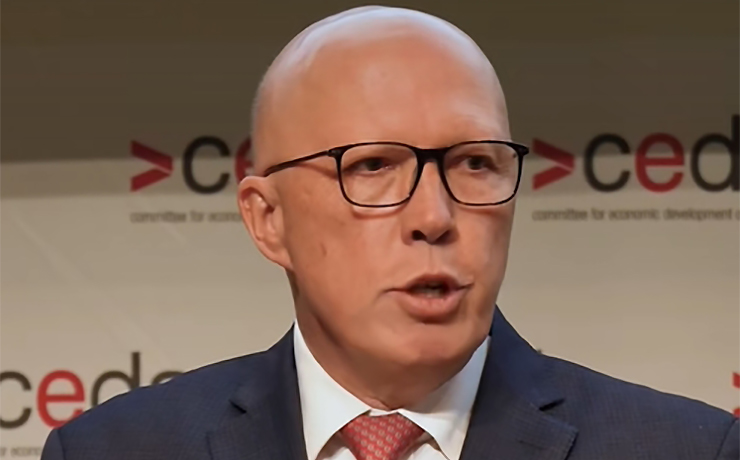
September 26, 2024
Opposition Leader Peter Dutton’s long-awaited “nuclear” speech to an economic think tank has admitted the Coalition’s energy plan – which would see seven nuclear plants built if it wins power at next year’s Federal Election – would have a “significant upfront cost”.
But he did not say what this expected cost would be.
“We will release our costings in due course – at a time of our choosing,” Mr Dutton told the Committee for Economic Development of Australia (CEDA) audience gathered on Monday in Sydney (see the full text of Mr Dutton’s speech, below).
Mr Dutton was joined at the event by journalist Chris Uhlmann, from Sky News.
The Opposition Leader said that by positioning the nuclear plants at the site of existing coal-fired power stations, “a whole new and vast transmission network and infrastructure won’t be needed”.
He said the upfront cost would be spread over the reactors’ expected 80-year lifespans and promised “thousands of jobs” would be created by “zero emission” nuclear energy.
And objections to a civil nuclear industry on the grounds of safety and waste disposal were “inconsistent and illogical” due to the AUKUS plan for nuclear-powered submarines.
In June this year, the Coalition proposed seven sites to house nuclear power generators: Tarong and Callide in Queensland, Mt Piper (Lithgow) and Liddell in NSW, Loy Yang in Victoria, Muja (Collie) in Western Australia and Port Augusta in South Australia.
* * *
Critics of the Coalition’s energy plan have claimed that electricity prices would have to rise for nuclear power plants to be commercially viable without government subsidies.
A report released by the Institute For Energy Economics and Financial Analysis (IEEFA) said Australian household power bills would likely rise $665 per year based on an analysis of the construction costs of nuclear reactor projects committed to construction over the past 20 years in the European Union and North America.
The report also considered tender contract prices submitted for small modular reactor and Korean reactor designs.
“Our research found that all projects commencing construction in the past 20 years in in the US and Europe experienced major budget blowouts up to three-and-a-half times original capital costs, as well as construction delays of many years,” IEEFA spokesperson Johanna Bowyer said
“Small modular reactors (SMRs), which are often cited as a solution to resolve the nuclear industry’s cost and construction time problem, remain costly and unproven, with no reactors in operation in the OECD. The reactor closest to becoming a reality, NuScale, was cancelled due to cost blowouts.”
* * *

Speaking on Sky News on Tuesday, Nationals Leader David Littleproud defended the lack of costings in Mr Dutton’s speech:
“Well, we’ve got plenty of time … we’re eight months away from an election,” Mr Littleproud told host Laura Jayes.
“What we had to do is continue to make sure we engage with those seven communities that we highlighted where the nuclear power plants will replace those coal-fired power stations, so we don’t need that 28,000km of transmission lines to build a social licence.
“And we are making sure that experts are in there, engaging with the community.
“And that’s why you haven’t seen any pushback from those local communities because we’ve shown them the respect of not taking politics to them but giving them the understanding that nearly 80 per cent of those (who) are working in those coal-fired power stations will be able to transition across into a nuclear power plant.
“And then the next phase will not just be about the costings, but we’ll also be upfront with the Australian people well before the next election about what our energy mix will be.”
He described the nuclear plants as “plug and play” … “you don’t need as much transmission lines, it’s plug and play, exactly where they are”.
Related articles:
- ‘Social Licence’ Needed For Nuclear
- Academy Can’t Rule Out SMRs
- Water Claim Labelled ‘Hypocrisy’
- Towns ‘Already Back Nuclear’
- Mayor To Consult Community
- ‘Biggest Investment’ In South Burnett
- Nuclear ‘Would Tick Some Boxes’
- No Plans For Nuclear: LNP
- Boyce Welcomes Nuke Plan
- Reaction To Nuclear Plan
- ACTU Launches Campaign
- Tarong Named As Nuclear Site
- MP Labels Powerlines Claim ‘Myth’
- Nuclear? Wait A Bit Longer: MP
- Nuclear Too Expensive: CSIRO
- Nuclear Sites Still Under Wraps
- Nuclear? No Worries, Says MP
- MP Supports Local Nuke Discussion
- Rally Against ‘Reckless Renewables’
- MP Calls For Renewables ‘Pause’
- Nats Target ‘Reckless Renewables’
- Replace Coal With Nuclear: MP
* * *
Peter Dutton’s Speech (full text)
Leader of the Opposition – Speech to the Committee for Economic Development Australia (CEDA), Sydney
Energy isn’t part of the economy. Energy is the economy. Chris Uhlmann made this fine point in one of his columns.
Energy underpins and is vital to every sector.
When energy costs are high, it’s not only Australian homeowners and renters paying higher power bills. Your supermarket pays more to refrigerate food. Your baker, butcher and café pay more to run their business. Our farmers pay more to grow and harvest crops. Our manufacturers pay more to produce and package goods. Our builders pay more to construct homes.
High power prices have inflationary impacts across the economy. Higher costs are passed on to Australians. You end up paying more for every product, good and service.
Cheap and consistent energy is critical for more affordable lives and a more prosperous economy.
The Labor Party and the Coalition have very different energy policies.
The path Labor is on with renewables-only is a dangerous one.
Labor’s policy will cause even higher energy costs and an even more unstable grid than what we’re seeing today.
Labor’s energy policy – along with its industry, IR and environment policies – are creating an economic perfect storm which is destroying the economy.
The Albanese Government has us on a path towards the hollowing-out of industry and business in our country.
And it’s all because a weak Prime Minister is making decisions aimed at stopping Labor voters defecting to the Greens.
Australians are doing it tough right now. But life will become even less affordable unless we course correct.
The Coalition’s energy policy is the only plan for cheaper, cleaner and consistent energy. And consequently, safeguarding manufacturing, business and livelihoods.
Australians want a sensible discussion about energy and energy policy must be grounded in pragmatism – not politics.
The Coalition, like other countries, sees renewables and nuclear as companions – not competitors, as Labor does.
Labor tells you that renewables and nuclear can’t work together. It’s utter nonsense.
Consider the following examples and their energy mixes.
The American state of Arizona has 18 per cent renewables, 26 per cent nuclear, 48 per cent gas – with the balance from coal.
The Canadian province of Ontario has 8.5 per cent renewables, 52 per cent nuclear, 25 per cent hydro – with the balance from gas.
France has 14 per cent renewables, 64 per cent nuclear, 10 per cent hydro – with the balance from gas and biomass.
Finland has 19 per cent renewables, 38 per cent nuclear, 17 per cent hydro – with the balance from biomass, gas and coal.
So the Coalition’s policy, like other countries, is for an energy mix – renewables firmed by gas and nuclear.
Today, I’ll highlight several reasons why Australia must include nuclear power in our mix.
Labor’s energy policy train wreck is only making it more vital that we include nuclear.
* * *
So, let me first provide five points on why the Government’s renewables-only approach is proving disastrous for our nation and doomed to fail:
Point 1 – The international context.
.Nowhere in the world has a renewables-only policy worked.
Wherever renewables are overbuilt and there’s insufficient baseload firming power, the story is the same: One of skyrocketing costs, unreliable grids, and energy rationing.
California scaled-up renewables drastically over the past decade. As of May, wind and solar now account for more than 49 per cent of its mix.
Yet Californians pay the highest residential electricity prices on the United States’ mainland.
Businesses are fleeing the state. California has seen the sharpest electricity price increases of any American state.
Germany, too, has invested heavily in renewables. Wind and solar account for more than 30 per cent of its mix.
But when Russia invaded Ukraine and cut off gas supplies to Europe, Germany was left in a precarious position. It ramped-up its coal-fired power generation.
Germany will now spend 16 billion Euros to build four major gas plants to firm up its grid. This year alone, it has imported energy from nuclear-powered France equivalent to the output of 1.4 large reactors.
Point 2 – Technological constraints.
On its own, weather-dependent energy cannot power a nation – including Australia.
Yes, we have an abundance of sun. But solar panels don’t work at night.
Yes, we have windy regions. But there are also wind droughts – and turbines don’t turn on their own.
The best battery technologies provide only a few hours back-up.
Renewables must be firmed-up.
No country can run effectively on solar, wind and batteries alone. And yet the Government is doubling down.
It’s rolling-out intermittent sources of energy on an industrial scale. And it’s removing 90 per cent of essential 24/7 baseload power over the decade with nothing to replace it.
For all the Albanese Government’s sweet-talking about gas, it’s stalling projects across the country.
Point 3 – A renewables-only approach is making our grid more unreliable and causing power prices to skyrocket.
But don’t just take my word for it.
The Australian Energy Market Operator has warned of blackouts this summer and power shortages on our east coast over coming years.
As for prices, consider South Australia. It has the largest penetration of renewables of any Australian State.
South Australians are paying the highest cost for electricity in the country.
Indeed, power bills across the country reveal the truth.
Annual electricity bills for Australians haven’t gone down by $275 as promised by Mr Albanese.
They’ve gone up by as much as $800 in the past two years. And they will go up further.
Jeff Dimery, the CEO of Alinta Energy, didn’t mince his words in a speech in April.
He said: “You came here for truths and straight talking about the transition – so, here’s a doozy. Australians will have to pay more for energy in the future.”
He’s right about Labor’s approach.
Engineer Dr David Hayden Collins puts the renewables transition cost at $1.3 trillion. Senior Energy Research Scientist Dr Chris Greig puts the figure as high as $1.5 trillion by 2030.
Who will bear the costs of the transition? Australian households will – in their power bills.
It’s an absolute scandal that Labor is lying to Australians about the true costs they will bear in the years ahead under a renewables-only policy.
Point 4 – Feasibility.
Labor’s plan is for 82 per cent renewables by 2030.
In September 2022, Chris Bowen said that reaching that target would require installing 22,000 solar panels every day and 40 wind turbines every month through to 2030.
In total, that’s more than 58 million solar panels and around 3500 wind turbines – which have lifespans of 20 to 30 years.
The energy transition will also require re-wiring the nation with 28,000km of new transmission lines.
How’s this roll-out going? The Clean Energy Council notes that some 7GW of large-scale renewables projects need to be committed financially every year.
Last year, 1.3GW were committed – more than 80 per cent below target.
This year, as of July 1, 1.6GW have been committed.
Even if this doubles by year’s end, it’s still less than half of what’s required.
From Bunbury on the west coast to Port Stephens on the east coast, furious residents are protesting offshore wind farms due to their impacts on fishing, tourism and livelihoods.
In February and September, farmers flocked to Canberra to rally against the roll-out of industrial-scale renewables and transmission lines on their prime agricultural land.
It’s clear the Government will not reach its 2030 target.
Indeed, there is zero chance of reaching net zero by 2050 using renewables alone.
Moreover, emissions are up since Labor took office.
The fifth point – a renewables-only energy policy is an act of economic self-harm.
Australia’s power prices are sometimes double and even triple what other nations pay.
It’s a reason why we’ve seen a three-fold increase in the number of manufacturers who have closed their doors in the last two years.
It’s a reason why we’re seeing more-and-more businesses move their operations offshore.
There’s no chance of a “future made in Australia” when we lose jobs and economic activity due to exorbitant energy prices.
We will simply end up having to import products that we could otherwise make at home if energy costs were lower.
And global emissions won’t be lower.
They will be produced in other countries with weaker environmental standards than Australia.
Ladies and gentlemen, I repeat – energy is the economy.
You cannot run a full-time and functioning economy using part-time and unreliable power.
If our national goals are for cheaper, cleaner and consistent energy, then Australia must join the growing league of nuclear-powered nations.
As I’ve said before, nuclear energy in Australia is an idea whose time has come.
* * *
So let me make five points on why Australia must include nuclear power in our energy mix:
Point 1 – The international context.
Nuclear power works. It’s a proven, decades-old technology.
More than 400 reactors operate worldwide today. More than 30 countries use nuclear power.
Dozens more nations are looking to introduce it for the first time. Australia is the only country in the top 20 economies that is not using zero-emissions nuclear power, or taking steps to put it in the mix.
Point 2 – Nuclear is the only form of baseload power that meets all three of our national energy goals.
Wherever nuclear power is part of a country’s energy mix, it provides affordable electricity.
Canadians in Ontario and Americans in Tennessee pay about 18 cents a kilowatt hour. That’s three times less than what some Australian households pay.
Joe Biden, Justin Trudeau and Keir Starmer are leaders from the Left of politics. Emmanuel Macron is a centrist. Yet all four champion nuclear power because of its ability to provide 24/7 power.
President Biden said that nuclear power is “the biggest source of clean energy”. He said America is “keeping existing plants open, restarting shuttered plants, and building America’s first new nuclear plants in decades”.
Prime Minister Trudeau said that Canada’s baseload energy requirements over the coming decades will require “doing much more nuclear”.
Baseload power is critical. To grow sovereign industries. To meet electricity demands of a bigger population. To accommodate energy intensive data centres and greater use of AI.
We hear a lot about moral obligations in the energy debate.
I want a better environment for our future generations by adopting cleaner energy. But I also want our children to inherit a prosperous economy underpinned by cheaper and consistent energy.
We can have cheaper, cleaner and consistent energy if we adopt nuclear power.
And zero-emission nuclear power is our only chance to reach net zero by 2050.
Former US Climate Envoy John Kerry said this: “We can’t get to net zero 2050 unless we have a pot, a mixture, of energy approaches in the new energy economy. And one of those elements which is essential in all the modelling I’ve seen, is nuclear.”
Point 3 – Nuclear power is better for our environment.
We can maximise the highest yield of energy per square metre of environmental impact and minimise environmental damage.
Here’s an example: The UAE recently completed its first nuclear power plant with an output of 5.6GW – enough to supply 60 per cent of New South Wales’s energy needs.
It takes 52 million solar panels to generate the same amount of energy, but the energy is only available when the sun is shining. And the footprint difference is telling.
Some 617 acres for the nuclear plant. Some 192,000 acres for the solar panels.
In other words, the nuclear plant delivers the same energy using less than 1 per cent of the land needed for solar.
The Coalition’s plan is to place the latest nuclear technologies in seven locations on the sites of retiring coal-fired power stations.
Point 4 – Cost.
Under our approach, we can use the existing transmission network at those sites. With nuclear, there’s no need to carpet our landscape and coastline with industrial-scale solar and wind farms. r the 28,000km of new transmission lines needed to make them work.
Yes, our nuclear plan does have a significant upfront cost, but a whole new and vast transmission network and infrastructure won’t be needed.
Moreover, the cost of our nuclear plants can be amortised and spread over a reactor’s 80-year lifespan.
Under Labor’s renewables-only plan, every solar panel and wind turbine will need to be replaced three-to-four times over the same period.
We will release our costings in due course – at a time of our choosing. Not at Chris Bowen’s or Anthony Albanese’s choosing – but our choosing.
And just as we were upfront about the locations of our nuclear sites, we will be upfront about the cost of nuclear energy.
It’s an investment our nation can and must undertake.
But I can give you this guarantee; our nuclear plan will cost a fraction of the government’s reckless $1.3 trillion plan with its 28,000km of new transmission lines that will rip up agricultural land and national parks.
Chris Bowen’s latest modelling on nuclear power is an attempt to manipulate and mislead Australians.
If you believe his latest modelling, let me remind you about Labor’s modelling history.
Labor’s modelling said you would get a $275 reduction to your power bill each year. We know how that’s turned out!
Conversely, Labor introduced one of the world’s most punitive new carbon taxes without doing any modelling on its impacts to the economy.
If you’re looking who to trust on energy prices, remember the track record.
In almost 12 years of the Howard Government, electricity prices went up by 2.2 per cent per year – abstracting from the impact of the introduction of the GST.
In almost nine years of the last Coalition Government, electricity prices went up by 0.3 per cent per year.
In contrast, in six years of the Rudd-Gillard Government, electricity prices went up by 12.9 per cent per year.
Under the Albanese Government, raw electricity prices have gone up by 14 per cent per year.
The final point I’ll make about nuclear power is the opportunity before us.
There is bipartisan support for Australia’s acquisition of nuclear-powered submarines.
That includes the disposal of their waste and end-of-life reactors on our soil.
Accordingly, any objections to a civil nuclear industry on the grounds of safety and waste disposal are inconsistent and illogical.
Just as nuclear technology is safe for our submariners, it’s safe for our citizens. As it is for thousands of people in other countries who live near reactors.
Frankly, Australians deserve much better than childish scare campaign memes depicting three-eyed fish and koalas.
Overseas, those communities that host nuclear plants have become centres for new industries, manufacturing and investment.
Australia will be no different.
More than 75 per cent of coal plant workers have skills and experience which are transferable to nuclear plants.
But each nuclear plant will also create hundreds of new jobs, too. New industries will flourish. Thousands of jobs will be created.
It will set our country and our manufacturing sectors up for generations to come.
Clean nuclear energy is reliable. It will underpin renewables. It will get the cost of electricity down. It will keep the lights on.
The opportunity for Labor now is to put down the juvenile arguments against nuclear.
The Opposition has supported changes to the NDIS. We’ve supported significant changes to aged care. Because these things are in our country’s best interests.
The test for Labor now is whether it will join with us in an undertaking which is transformational for our economy.
Transformation of our energy system is as significant as the Hawke-Keating and Howard-Costello economic reforms.
Let me conclude on this point; we can’t switch nuclear power on tomorrow – even if the ban is lifted.
Like other countries, we need to ramp-up domestic gas production in the more immediate term to get power prices down and restore stability to our grid.
But what we can do is ensure that Australia doesn’t miss the nuclear train.
The Coalition’s desire to see Australia become a nuclear-powered country is in our national interest.
It’s a truly visionary policy unlike any put forward by a political party this century.
It’s testimony to a determination to move beyond the short-termism which has come to define so much of policy-making in Western democracies in recent decades.
It’s a resolve to put pragmatism ahead of politics. And that’s what the Australian people will get from a government I lead.
They will get economic security, national security, and energy security.
Thank you.

















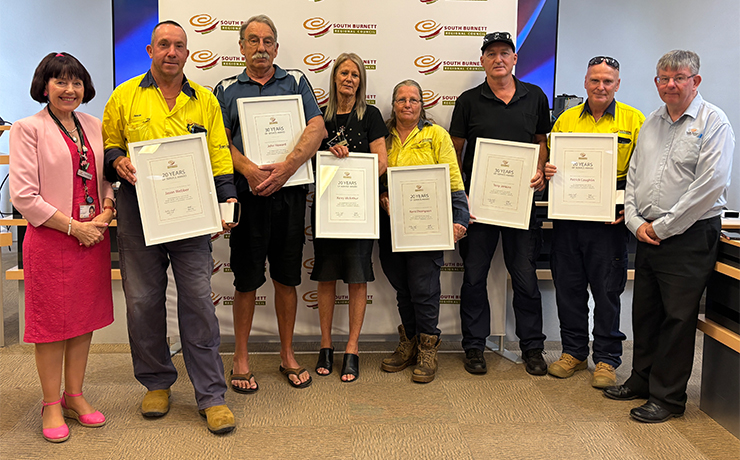

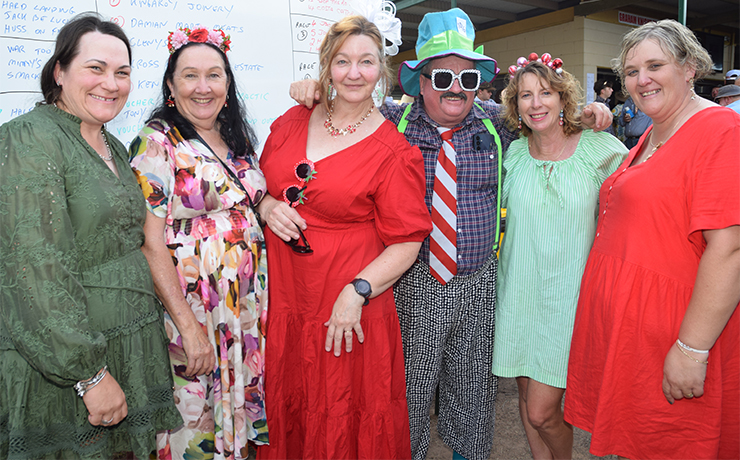
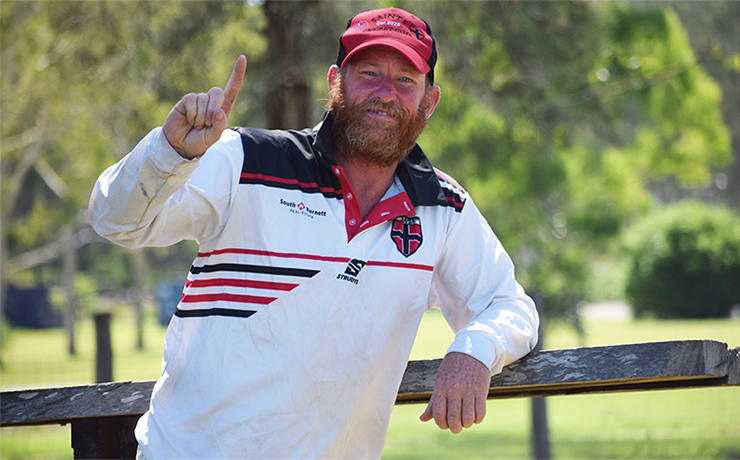
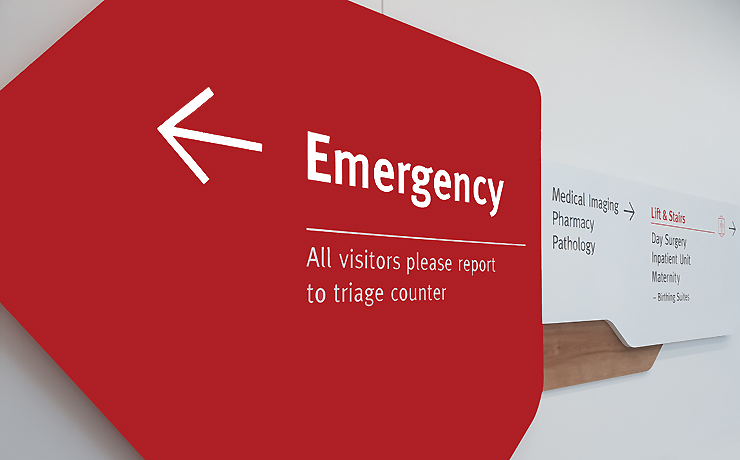
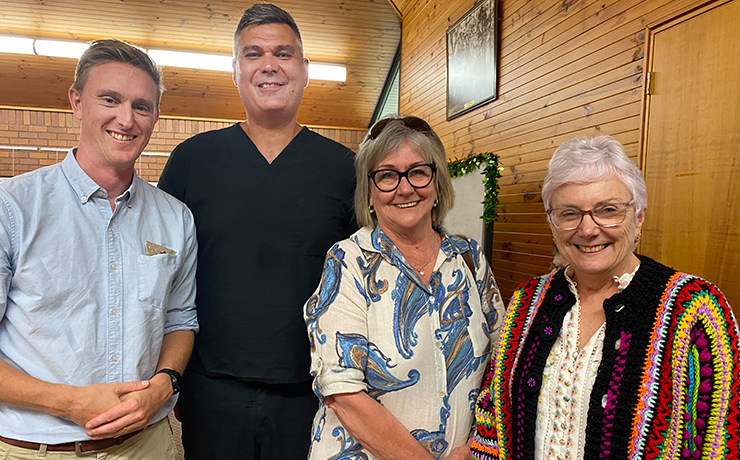
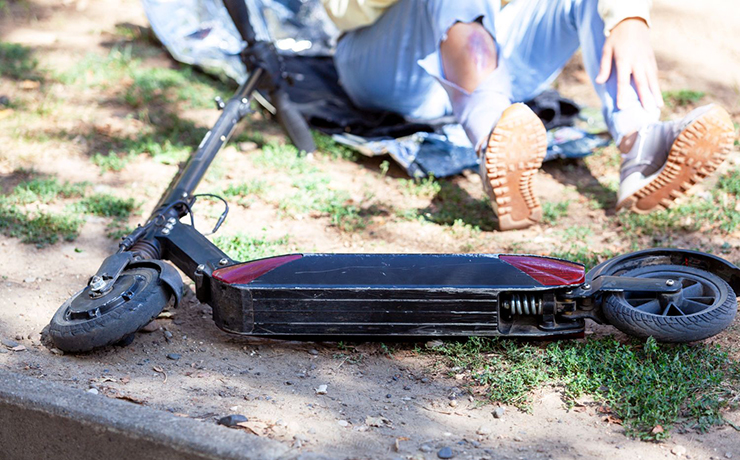
So we are at it again – pretending nuclear is THE solution – no emission, no risk! Maybe no emission, but loads of waste for which no real solution has been found yet – as the stuff is around for thousands of years.
What kind of packaging do you suggest, Mr Dutton and Mr Littleproud? Wish to have it buried in your backyard?
And accidents in nuclear power plants DO happen, causing huge areas to become inhabitable. Fallouts from the Tarong site would affect the whole fruit and vegetable growing area around the Lockyer Valley. Have you thought how you would then feed the people depending on these producers?
And why all the secrecy about costs? Making them public and open to scrutiny seems to scare you as it might well turn public opinion about your project.
“He said the upfront cost would be spread over the reactors’ expected 80-year lifespans”
So, a Dutton government would borrow LOTS of money to pay for the construction. I’ve heard sums like $600 billion. The loan gets passed along to future generations who would pay that off over a LONG period, and the interest would be massive.
Another concern is that Nuke Plants are, and always will be, a target for sabotage by terrorist organisations.